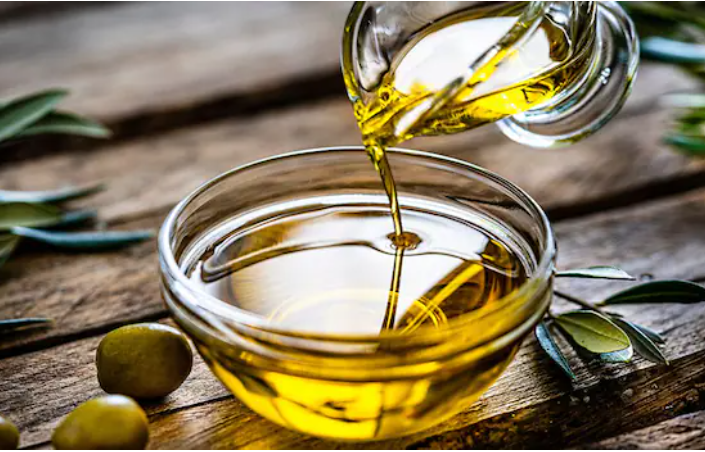Cutting down on oil is one of the simplest steps towards a healthier lifestyle. Whether you’re doing it for weight management, heart health, or simply to cook cleaner meals, the challenge is real — food can sometimes turn out dry, bland, or flat in flavour. But reducing oil doesn’t have to mean sacrificing taste. With a few smart tweaks, you can prepare delicious dishes that are both healthy and satisfying.
1. Boost Flavour with Fresh Herbs and Spices
Oil often acts as a flavour carrier, but fresh herbs and spices can do the job just as well — sometimes better. Instead of relying on oil for taste, add aromatics like garlic, ginger, coriander, basil, or mint. Spices such as cumin, paprika, cinnamon, and turmeric can enhance depth without adding fat. Toasting whole spices briefly in a dry pan before adding them can intensify their flavour.
2. Marinate for Moisture and Taste
Marination is key to locking in flavour when using less oil. Use yogurt, lemon juice, vinegar, or buttermilk as a base, and season generously with herbs and spices. This not only tenderises meat or vegetables but also infuses them with flavour before cooking, making oil less essential.
3. Use Smart Cooking Techniques, Avoid Flat
Oil is often used to keep food from sticking or drying out, but alternative methods can work just as well:
- Steaming: Retains natural moisture and nutrients in vegetables.
- Baking/roasting with parchment paper: Prevents sticking without extra oil.
- Air frying: Gives a crispy texture with minimal oil spray.
- Grilling: Adds a smoky depth without heavy fat.
4. Add Natural Fats for Richness
If you’re cutting back on refined cooking oil, incorporate natural, nutrient-rich fats like avocado, coconut milk, nut butters, or tahini. These add creaminess and flavour without needing large amounts of added oil. For example, a spoon of peanut butter in a stir-fry sauce can create a luscious texture.
5. Use Stock Instead of Oil for Sautéing
Instead of frying onions or garlic in oil, use vegetable, chicken, or mushroom stock. This keeps food moist while adding an extra layer of flavour. As the liquid reduces, it concentrates, enhancing taste naturally.
6. Don’t Skip the Acid

A splash of lemon juice, vinegar, or tamarind water at the end of cooking can brighten up flavours instantly. Acid balances richness and adds freshness, especially in dishes where oil has been reduced.
7. Layer Flavours Throughout Cooking
When oil is limited, adding all seasoning at the end won’t cut it. Layer flavour as you cook — season vegetables while roasting, marinate proteins before grilling, and finish dishes with fresh herbs. This creates complexity without relying on fat.
8. Embrace Umami-Rich Ingredients
Umami is the savoury taste that makes food satisfying. Use ingredients like mushrooms, soy sauce, miso paste, roasted tomatoes, Parmesan cheese, or nutritional yeast to enhance depth and richness in low-oil dishes.
Cooking with less oil doesn’t mean settling for bland, joyless meals. By using fresh herbs, spices, natural fats, and flavour-building techniques, you can prepare dishes that are not only healthier but also vibrant and satisfying. The secret lies in maximising flavour through smart choices, not in pouring extra oil into the pan.